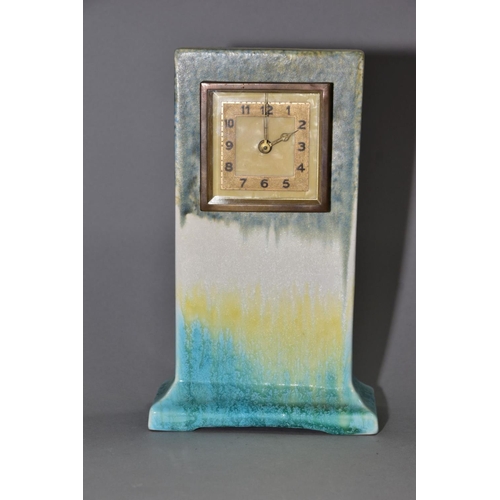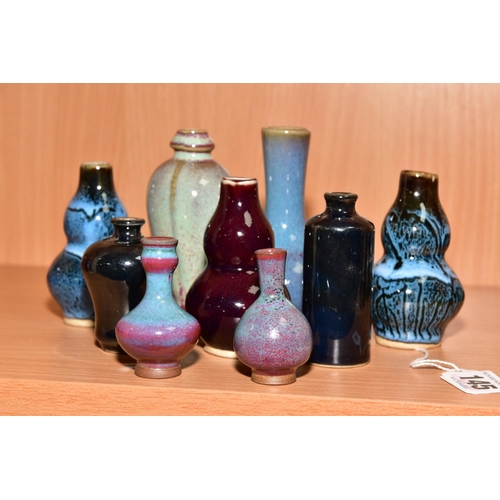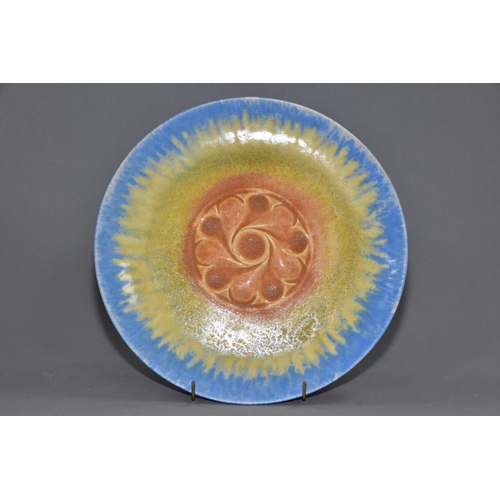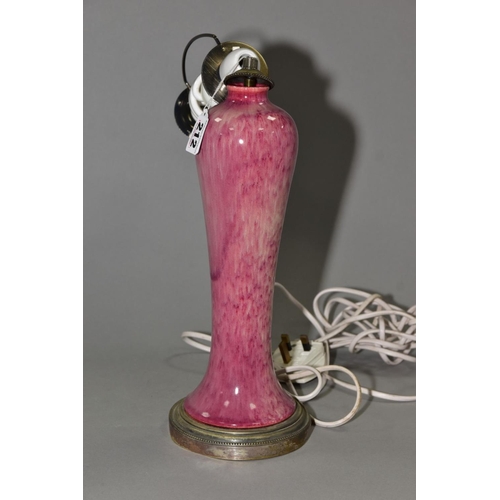1.jpg)
Wednesday 11th August 2021 - Belle Gait
1.jpg)
A single-owner collection of Ruskin pottery will be going under the hammer with Richard Winterton next week. Find out more about it here...
Founded in 1898 by Edward R. Taylor, the first Principal of both the Birmingham and Lincoln Schools of Art, Ruskin Pottery was an English art pottery studio. Originally located at 173-174 Oldbury Road in Smethwick, the studio was created to be run by Taylor's son William Howson Taylor. The pottery studio was named after the social thinker, writer and artist, John Ruskin, because the Taylors felt their own beliefs aligned with Mr Ruskin's.
The pottery was most noted for pioneering glazes created by William Howson Taylor, which were used on an assortment of brightly coloured pots, bowls and tea services, as well as buttons and jewellery. They included ice crystal effect or 'crystalline' glazes, misty soufflé and lustre glazes; the latter of which resemble metallic finishes.
The most sought after of William Howson Taylor's glazes were sang-de-boeuf or oxblood and flambé glazes, which created a blood-red effect. The sang-de-boeuf glazes were made at high temperatures using a blended reduction of iron and copper oxides. This complicated technique originated in China and was reinvented by several potters such as William Taylor, who was a prime advocate for this high firing technique.
The studio later closed in 1935; there is an extensive collection of the pottery available for viewing at Wednesbury Museum and Art Gallery, just over 5km from the factory.
Richard Winterton Auctioneers are proud to offer seventy lots by Ruskin, all from a single owner's collection, in their upcoming sale on August 17th. They range from the first years of production until the run-up to the studio closing in the 1930s.
Valuer and auctioneer David Fergus told Lancashire Live:
"It's an impressive collection which must have taken years to accumulate."
"Ruskin experimented with glazes, and everything was handmade with some pieces thrown and some moulded."
"This collection includes many different shapes and sizes, pieces where you can clearly see how Ruskin was inspired by Chinese ceramics plus glazes including crystalline, lustre, matt and high fired gloss."
"Because each piece, having been glazed by hand, was fired with subtle differences in temperature due to its position in the kiln, no two pieces were ever the same."
"This pottery was unique, and no-one had ever seen anything like it before anywhere, which led to the studio winning lots of awards at home and abroad."
Take a look at some of the beautiful lots going under the hammer (hopefully not literally!) in their sale starting at 9:30 am on Tuesday, August 17th.
 |
Lot No 192 is this rectangular clock case; a stunning transition from matte green to white and yellow with a crystalline glaze over the top. |
 |
This selection of miniature Chinese style vases is Lot No 145 – they are estimated at £80 - £100. |
 |
Lot 198 is this circular wall plate impressed Ruskin England verso; this plaque is approximately 29.5cm diameter. |
 |
A great example of the well-known high fire technique honed by William Howson Taylor is this Ruskin high fired meiping shaped lamp base. It is estimated at £100 - £150. |
You can view the entire Richard Winterton catalogue here; register to bid and own your very own stunning piece of pottery!